Focus on hygiene and environmental and animal conditions
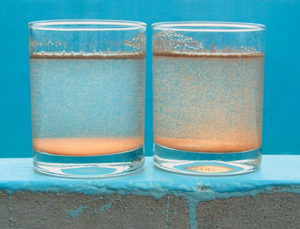
In recent years, the cost of farm operations has increased significantly in shrimp-farming nations, mainly due to disease problems. Concurrently, world market prices for shrimp have declined, reducing the profit margins for farmer
Management problems can be complex and widespread, and no single technique or product can totally protect animals from infections. Maintaining healthy stock requires a multidisciplinary approach that focuses on hygiene and both environmental and animal conditions.
Hatchery problems
Major losses in penaeid shrimp hatcheries are often due to opportunistic Vibrio sp. bacteria. Normally present in the culture facilities as well as larval gut flora and live feed such as artemia nauplii, Vibrios usually cause disease in suboptimal physiological or environmental culture conditions.
Vibrio-related disease outbreaks can proceed rapidly and lead up to 100 percent mortality. Once such disease problems arise, it is normally too late for effective or cost-efficient treatment. Therefore disease prevention, not treatment, should be emphasized in hatchery operations.
Hygiene, disinfection minimize pathogens
Hypochlorite (bleach) is widely used in aquaculture because of its spectrum of activity and cost-effective pricing. From water treatment and equipment cleansing to biosecurity measures like sanitary foot baths, it is a versatile treatment. Bleach’s drawbacks include its caustic nature in concentrated liquid and gas forms, its decreasing effectiveness in sunlight, and other issues.
New generations of biocides now show a wider range of action than bleach, including effects against many viruses. The biocides remain active in the presence of organic matter, and may act at lower concentrations with significantly fewer safety, health, and environmental problems. Evaluations of the bactericidal activity of these disinfectants should not be restricted to bacterial suspensions, but also be performed with biofilms.
Most artemia cysts, regardless of their origin or quality, harbor numerous bacteria. Together with live feed, a significant number of undesirable bacteria (mainly Vibrio sp.) are often introduced in larval-rearing tanks (Fig. 1).
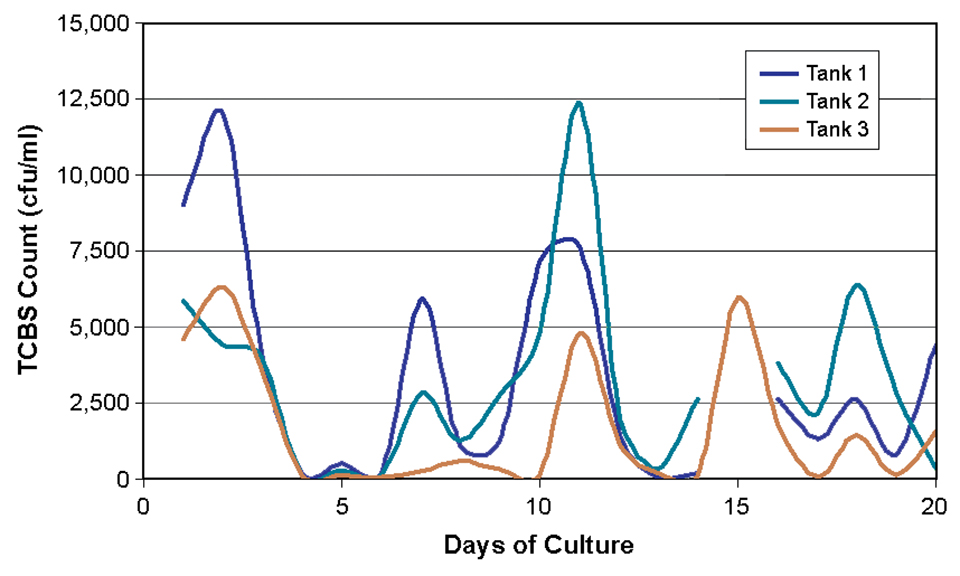
Traditional disinfection of cysts and hatched nauplii is not always effective for killing large numbers of bacteria. New products like INVE Aquaculture Nutrition’s Sanocare HC, developed for continuous action during the whole hatching procedure, result in significantly reduced Vibrio loads in artemia hatching water. The biocide is part of an overall hatchery management system.
Probiotics development
The use of beneficial bacteria to inhibit the growth of pathogens or compete with them for nutrients can be an alternative to the formerly common prophylactic use of antibiotics. However, the development of suitable probiotics requires considerable empirical and fundamental research, full-scale trials, and appropriate monitoring tools.
The authors recently carried out a selection of potential probiotic strains by investigating in vitro the inhibitory activity of over 55 Bacillus strains against pathogenic Vibrio isolated from the haemolymph of shrimp in both Asia and Latin America. The ability of the antagonistic Bacillus strains to grow under conditions prevailing in larval-rearing systems and degrade waste products was used to identify strains for further evaluation. The selected strains were then included in bioassays and challenge tests to confirm the lack of toxin production and pathogenicity to the target organisms.
Since lab-scale performance cannot completely predict in-vivo effects, formulations with the best-performing Bacillus strains were repeatedly assessed in hatchery tests in Asia. Nauplii of Black tiger shrimp, (Penaeus monodon), were reared to PL10 and fed a combination of (Chaetoceros), artemia nauplii, and a commercial larval diet. Various applications of the probiotic formulations were then studied with animals stocked in 175-l tanks with three or more replicates per treatment, with negative controls and prophylactic antibiotic treatments.
The investigations indicated that daily applications of the formulation now marketed as Sanolife MIC led to a significant improvement in survival rates and biomass production compared to the control treatments. In some of the tests, survival and biomass harvest were higher in the probiotic treatment than the antibiotic treatment (Fig. 2). The better performance can be explained by the improved water quality and notably lower Vibrio load in the water (Table 1).
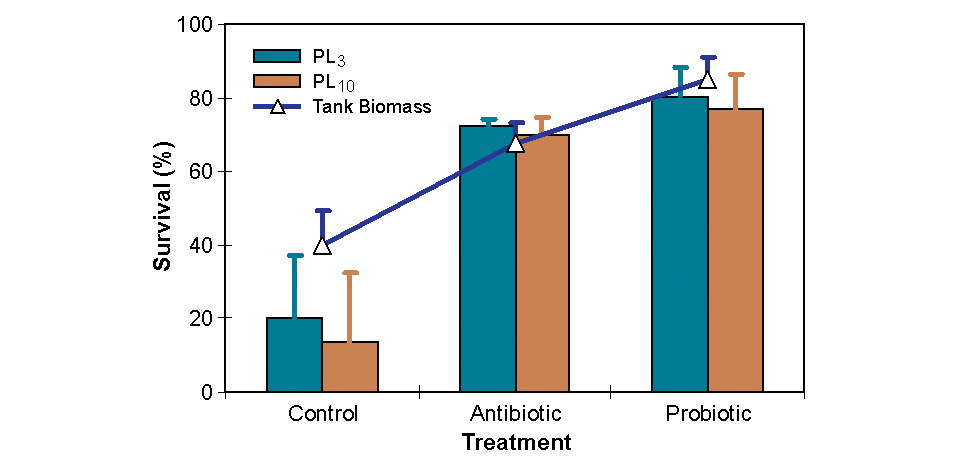
Braak, Treatment effects on Vibrio concentrations, Table 1
| Treatment | TCBS Count Average | TCBS Count 95% Range | TCBS Count 95% Range |
|---|---|---|---|
| Control | 2,518 | 1,850 | 3,186 |
| Antibiotic (P < 0.05) | 1,585 | 1,124 | 2,049 |
| Probiotic (P < 0.005) | 1,415 | 1,003 | 1,828 |
Improve animal conditions
Next to good hygienic and environmental conditions, the health status of animals should be optimized. A combination of quality seed and feed should be used to produce strong, healthy larvae able to resist pathogens. Monitoring tools are essential to detect pathogens at an early stage in order to apply appropriate measures.
Better-performing hatchery operations not only increase their cost efficiency, but bring high-quality postlarvae into the market. Stronger post-larvae increase profit margins for both hatchery owners and grow-out farmers.
(Editor’s Note: This article was originally published in the October 2004 print edition of the Global Aquaculture Advocate.)
Now that you've reached the end of the article ...
… please consider supporting GSA’s mission to advance responsible seafood practices through education, advocacy and third-party assurances. The Advocate aims to document the evolution of responsible seafood practices and share the expansive knowledge of our vast network of contributors.
By becoming a Global Seafood Alliance member, you’re ensuring that all of the pre-competitive work we do through member benefits, resources and events can continue. Individual membership costs just $50 a year.
Not a GSA member? Join us.
Authors
-
Dr. Karin van de Braak
Solution Support
INVE Aquaculture Health
INVE Asia Services Ltd.
471 Bond Street
Tambon Bangpood, Amphur Pakkred
Nonthaburi 11120 Thailand[104,116,46,111,99,46,97,105,115,97,101,118,110,105,64,110,105,114,97,107]
-
Dr. Olivier Decamp
Microbiologist
INVE Technologies NV
Dendermonde, Belgium -
Dr. Patrick Lavens
Business Unit Manager
INVE Technologies NV
Dendermonde, Belgium
Related Posts
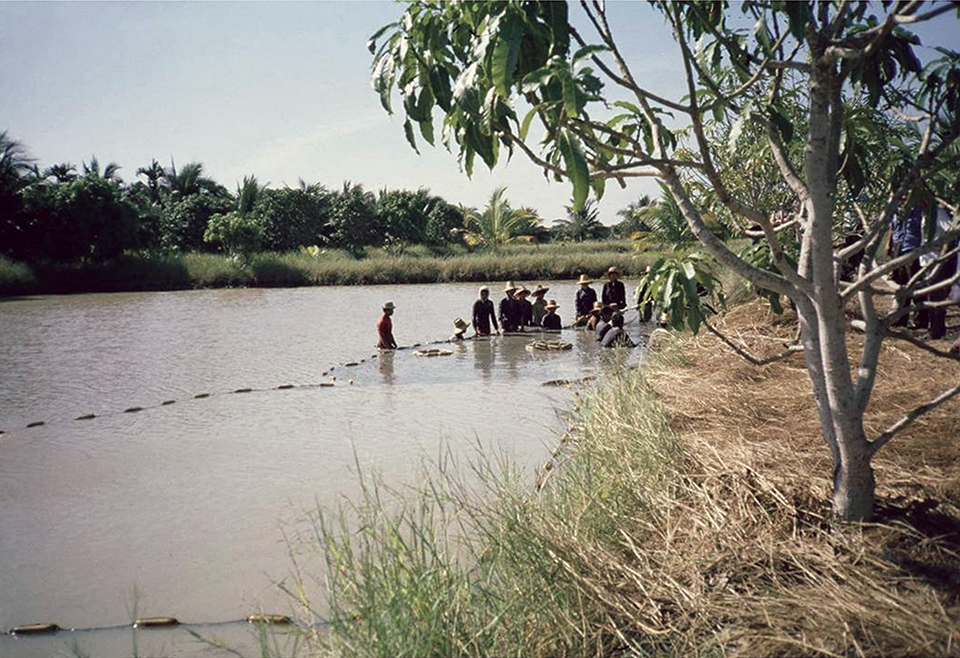
Health & Welfare
‘Big picture’ connects shrimp disease, inbreeding
Disease problems on shrimp farms may be partly driven by an interaction between management practices that cause inbreeding in small hatcheries and the amplification by inbreeding of susceptibility to disease and environmental stresses.
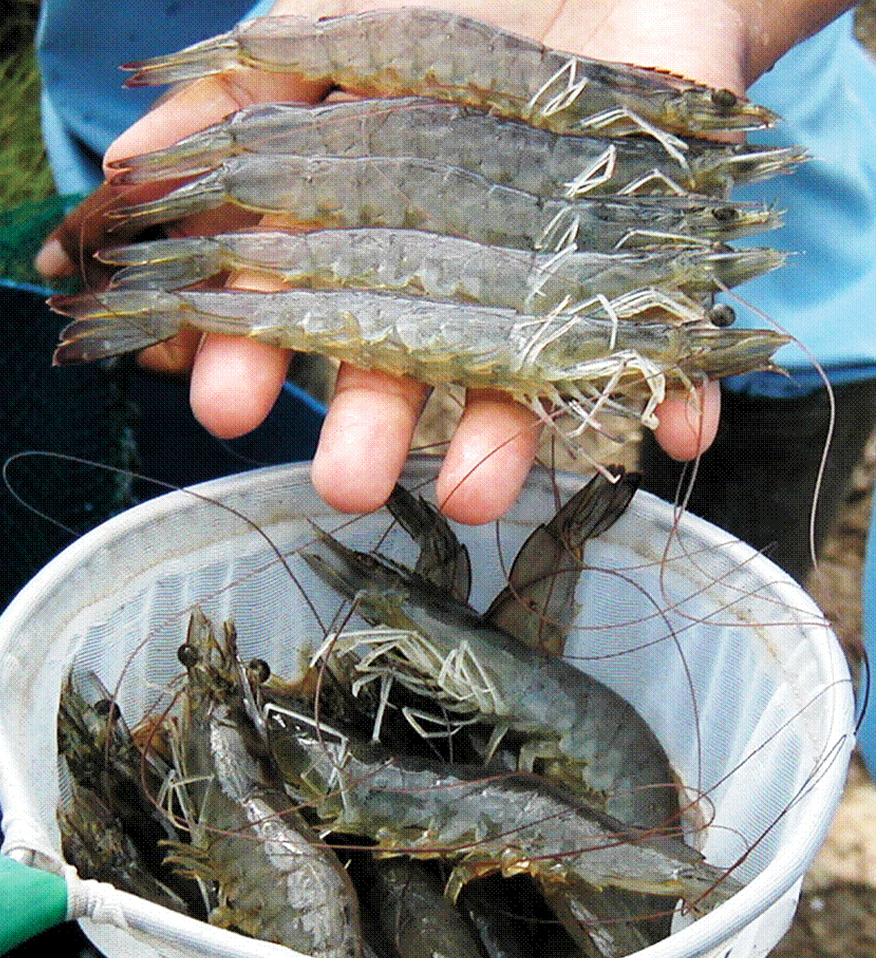
Responsibility
Advancing shrimp farm technologies support greater efficiencies, sustainability
Todays' shrimp farm technologies include biosecurity protocols, stocking densities according to pond design and aeration levels, and best practices for pond preparation and feed and water management.
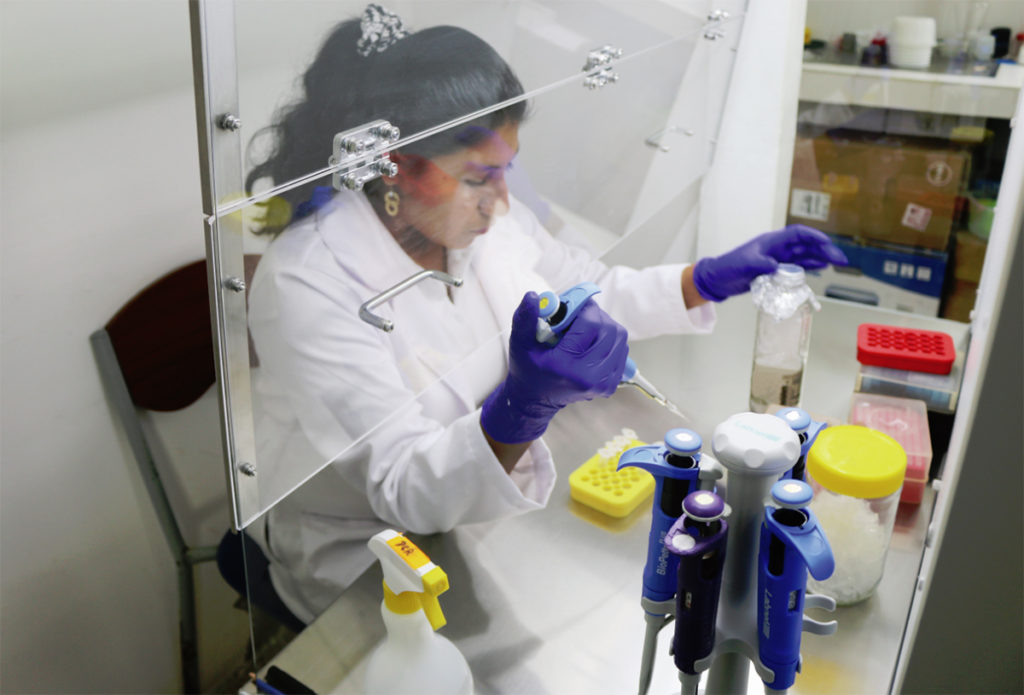
Health & Welfare
Asepsis key to prevent contamination in shrimp hatcheries
Maintaining biosecurity and asepsis in larval shrimp production is a key component of the production chain in Ecuador, which requires the production of 5.5 billion larvae monthly from 300-plus hatcheries.
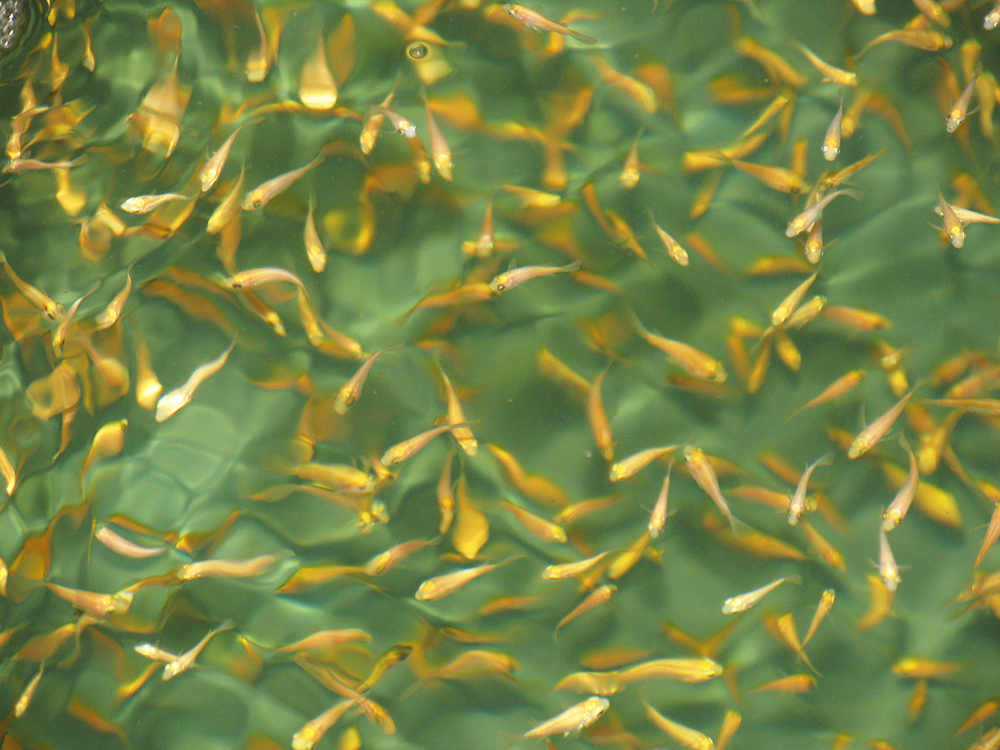
Health & Welfare
Biosecurity practices on fish farms need beefing up
Biosecurity measures and preventive strategies are essential in any biological production chain. Properly planned and implemented biosecurity programs will enhance animal health, production and economics.


